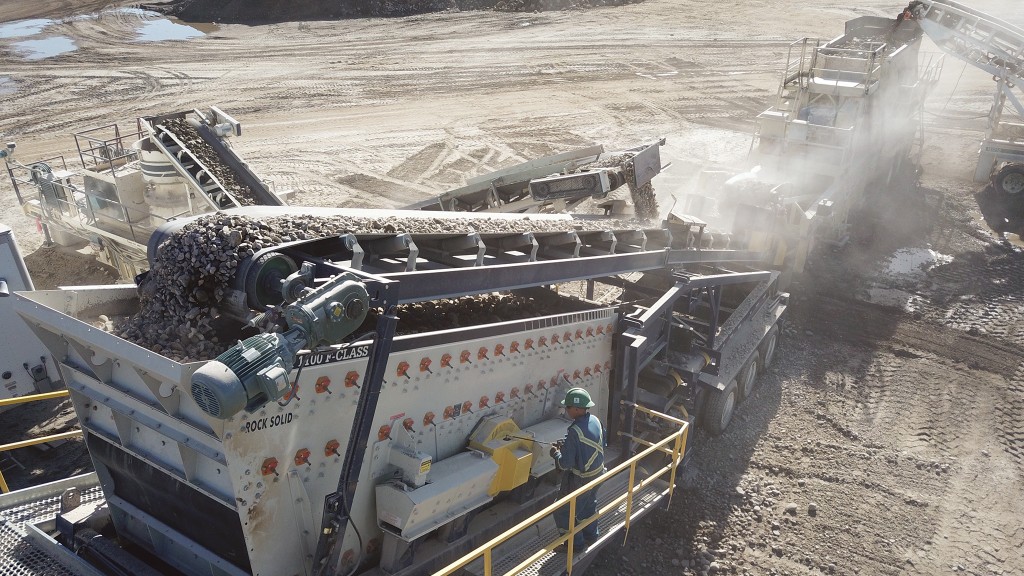How to avoid vibrating screen damage
A vibrating screen works as a total system, so minor differences in size, weight, and material can lead to damage

The best way to ensure reliability for vibrating screens is to always choose original equipment manufacturer (OEM) parts. While fabrication shops often produce quality components, they can't guarantee parts built to OEM standards.
A vibrating screen works as a total system, so minor differences in size, weight, and material can lead to a chain reaction of damage, ultimately resulting in lost profit.
Here are the four most important vibrating screen parts to buy from the OEM
Shaft components
Shaft components form the heart of a vibrating screen and are machined from specific material to 1/1,000 inch, so any flaws can damage an entire machine. For example, if a fabrication shop doesn't design the shaft shoulders within OEM tolerances, the small difference in size can cause the shaft assembly stack to be too tight or too loose. This can lead to excessive heat and wear, and even potential failure of the shaft and body components.
Mounting components
The mounting components are designed to deflect at a certain spring rate, depending on the weight of the vibrating screen. Replacing a damaged part with a fabricated version that may not be the correct material or design could cause the spring rate to be thrown off. This could mean the mounting assembly can't take as much load and may be too soft, leading to another break, or it could be too stiff, which may cause side panels to break.
Deck frames
All material is classified using screen media, which is supported by the deck frames. That makes the deck frame quality extremely important. If a fabrication shop doesn't manufacture the deck frame according to the machine's specifications, the media will not tension correctly, leading to broken screen media, contaminated product, and other potential damage.
Side plates
Properly fitted side plates are vital to the structure and functionality of a vibrating screen. If one side plate is replaced, and the fabricated version doesn't exactly match the opposite, it can unleash a series of positioning issues down the line. Even the smallest inconsistency can trigger problems with the shaft assembly and cause the machine to rack.
While the money saved on buying aftermarket parts may seem big initially, the end result could cause additional downtime and costs. Before buying, consider the potential hazards of using a fabricated part and look at the value of having the support of the original equipment manufacturer.
Duncan High is the processing equipment technology division manager for Haver & Boecker Niagara's Canada location.
Company info
225 Ontario St.
St. Catharines, ON
CA, L2R 7B6
Website:
haverniagara.com
Phone number:
1-905-688-2644



